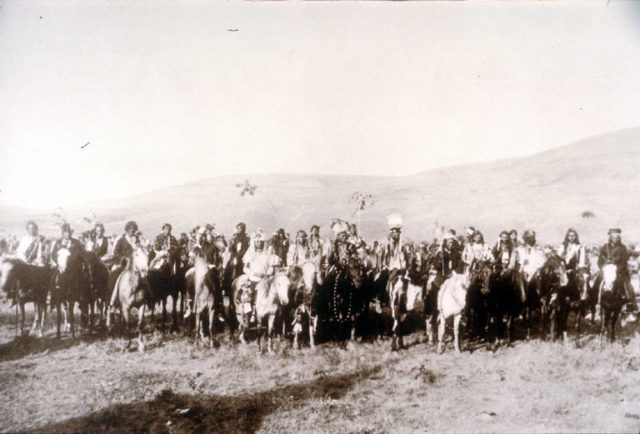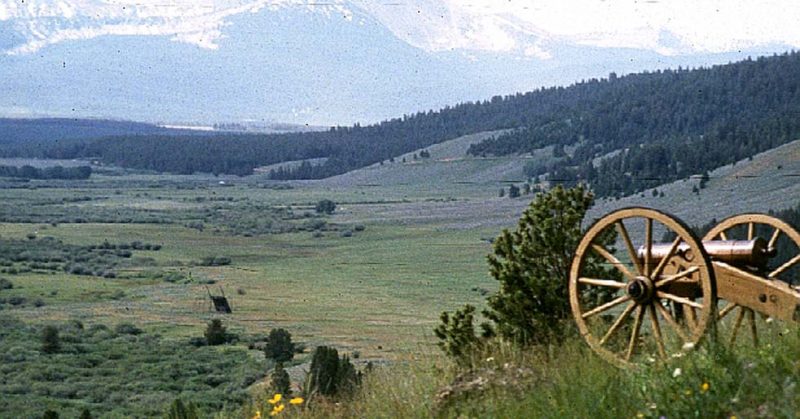Big Hole National Battlefield near Wisdom, MT., is something like being the runt of the litter compared to Yellowstone and Glacier national parks.
The two former parks attracted 7.2 million people in 2016. Big Hole hosted 42,000 and over half were en route to another park.
The fishing, hiking and cross-country skiing is not the main attraction for history buffs at the 571-acre site.The main attraction is for history. Over half come to witness the Lewis and Clark Trail, the Nez Perce Trail, or military landmarks.
Battlefield Superintendent Mandi Wick thinks they come for the power of the site.
The story there resonates. In 1910 it was called Gibbon’s Battlefield. Now it is different from then, she explained. Native American tribes are involved. There is very much a historical interest, both militarily and Native American history.

Big Hole is part of the sad story of the very long flight of the Nez Perce from U.S. military forces. Ninety percent of their traditional homeland was taken after prospectors found gold on the Nez Perce lands in Idaho. When a clash close to Tolo Lake, ID., left some white settlers dead, the army pursued them to Big Hole.
Chief Joseph’s camp, which had 200 warriors, retreated at first, but then the warriors counterattacked. The soldiers withdrew across the river to their starting point, and were soon encircled by the Nez Perce.
The fight became a siege lasting all night until army reinforcements arrived near dawn on August 10, 1877.
Historians estimate the Nez Perce lost between 60 and 90 members, with an unknown number injured. The Army, also composed of volunteers, have lost 31 men and 38 injured.
The Nez Perce considers the entire meadow a sacred cemetery.
That connection influences where trails can be and what they can do there, Wick said. The Nez Perce does not want them to excavate at all. They have agreements with three tribes, and all matters go through a consultation with the tribe, Missoulian reported.
The battlefield is for people who want to escape from the beaten path, said restaurateur Diane Harig. Most of it follows the Nez Perce Trail.
When Yellowstone Park attendance is up, so too is her business, she pointed out. The park-to-park link has been beneficial for her.
